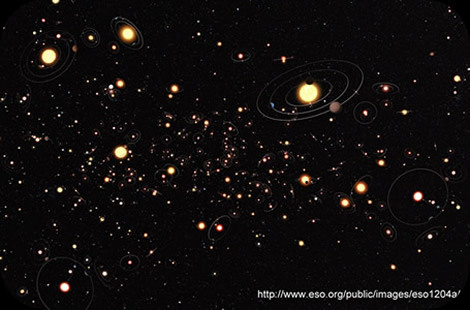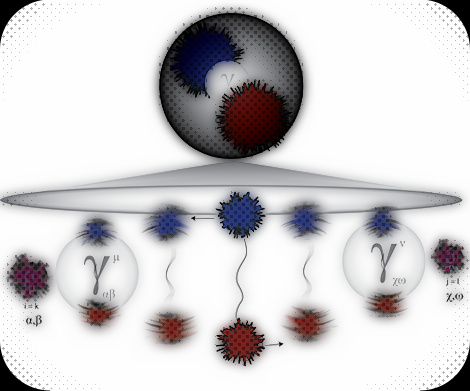 orcid.org/0000-0002-5025-6827
orcid.org/0000-0002-5025-6827






Design by TEMPLATED and totally inspired and ripped off from Michael Zingale because I have no website creativity.